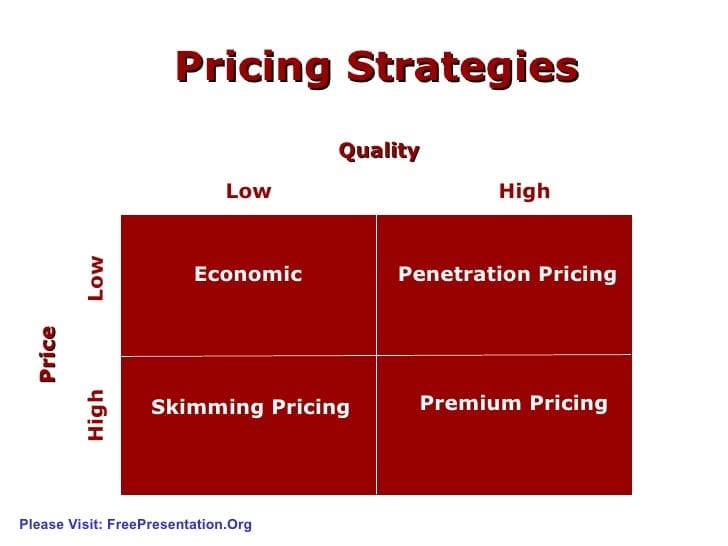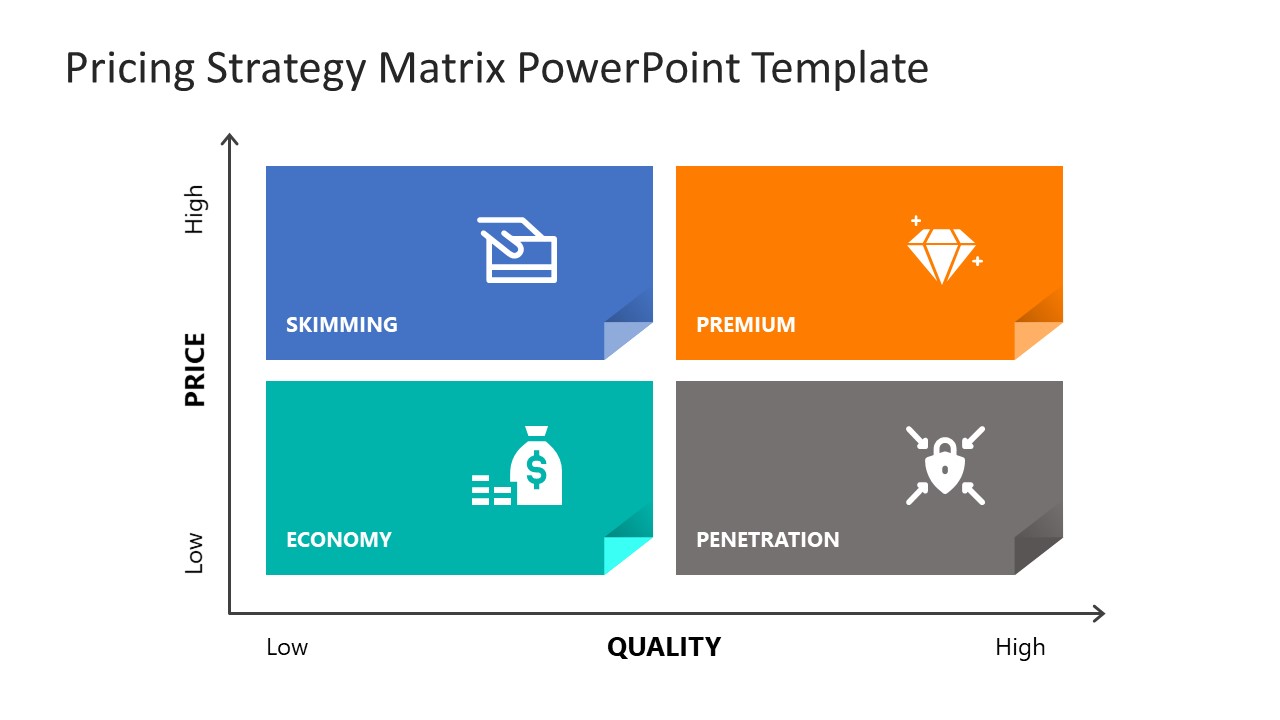Why Adaptability is Essential in Establishing Your Pricing Strategy
Why Adaptability is Essential in Establishing Your Pricing Strategy
Blog Article

Master Effective Rates Techniques to Maximize Profit
In the ever-evolving landscape of business, grasping effective pricing approaches is crucial for companies intending to optimize revenue. A nuanced understanding of pricing psychology can substantially affect consumer habits and investing in decisions.
Understanding Pricing Psychology
Recognizing pricing psychology is critical for services intending to optimize their prices methods. This field examines exactly how customers perceive costs and just how these assumptions affect their acquiring decisions. Trick ideas in rates psychology include the anchoring result, where the preliminary price provided functions as a reference factor for consumers, and the idea of rate level of sensitivity, which differs among different customer segments.
In addition, organizations can take advantage of the notion of viewed worth, where the viewed advantages of an item or solution can justify a greater rate point. Costs prices can develop an aura of exclusivity, attracting consumers who link greater costs with superior high quality. On the other hand, psychological prices, such as setting a cost at $9.99 rather of $10, can substantially influence customer actions by making costs show up extra eye-catching.
Moreover, scarcity and urgency can boost the regarded value of products, triggering quicker buying choices. Understanding these psychological triggers enables organizations to formulate pricing strategies that not only drive sales yet additionally foster client commitment. Therefore, understanding rates psychology is important for efficient prices technique formula, resulting in enhanced success and market positioning.
Implementing Value-Based Rates

First, conduct detailed marketing research to identify the worth motorists for your target audience. This can consist of functions, top quality, brand reputation, and customer care. Next, segment your consumers based on their determination to pay and the value they perceive. By doing so, you can tailor offerings and pricing methods to align with various sectors.
Constantly check market conditions and consumer comments to fine-tune your rates approach over time. By carrying out value-based prices, services can boost earnings while fostering lasting client commitment.
Exploring Dynamic Prices Designs
In today's swiftly changing market landscape, dynamic rates designs have actually arised as an effective approach for companies looking for to optimize profits and react to fluctuations popular. These versions permit business to readjust their rates in real-time based upon various aspects such as client habits, market patterns, and supply degrees. By leveraging information analytics and algorithms, services can determine ideal rates points that take full advantage of sales while remaining affordable.
Dynamic rates can take different types, including time-based prices, where rates fluctuate based on time of day or period, and demand-based prices, which readjusts costs according to present customer demand. This flexibility not just enhances earnings however also enhances customer fulfillment by using prices that show real-time market conditions.
Executing vibrant rates requires a durable technological infrastructure and a deep understanding of consumer sections. It is important for services to keep track of market signals and customer actions continually, making sure that pricing strategies align with more comprehensive business goals. In addition, clear communication concerning pricing changes can aid mitigate client frustration and foster trust fund, inevitably causing sustained success in a competitive marketplace. Accepting dynamic pricing can thus be a transformative method in the pursuit for optimizing income.
Analyzing Rival Pricing
Keeping track of competitor rates is essential for services intending to maintain an one-upmanship in their respective markets. By evaluating rivals' rates approaches, business can determine market fads, understand consumer preferences, and change their rates accordingly. This analysis includes celebration information on rivals' costs, marketing approaches, and product offerings to inform pricing choices.
To successfully examine competitor rates, companies ought to use various devices and techniques, such as rate tracking software program, marketing research records, and client comments. This information can reveal how rivals place their solutions and items, enabling businesses to differentiate their offerings or adopt comparable strategies to stay appropriate.
Additionally, it is important to classify competitors right into direct and indirect rivals. Straight rivals use comparable services or products, while indirect competitors may fulfill the exact same customer need with various solutions. Understanding the subtleties in between these teams will enable services to customize their prices methods extra effectively.
Ultimately, recurring rival pricing analysis check out this site is crucial for making enlightened rates decisions. It permits services to continue to be nimble in action to market changes, ensuring they can confiscate opportunities and mitigate risks linked with pricing approaches.
Evaluating Rates Performance
Understanding exactly how competitor rates influences market characteristics results in an all-natural focus on examining prices efficiency within one's own organization. This examination is essential for recognizing areas of strength and chances for improvement, eventually enhancing productivity.

Furthermore, conducting normal prices audits can reveal disparities in between expected and real efficiency. This involves contrasting pricing information across different segments and additional info channels to comprehend differences and determine fads. In addition, integrating client responses can provide understandings right into viewed worth versus actual rates, guaranteeing positioning with market assumptions.
Finally, leveraging information analytics devices can assist in deeper understandings right into prices performance, making it possible for companies to make data-driven changes (Pricing Strategy). By constantly assessing prices efficiency, companies can adjust to market changes and maximize their methods, making certain sustained productivity in an affordable landscape
Conclusion
By leveraging pricing psychology, businesses can enhance regarded worth and dressmaker pricing to diverse consumer segments. The fostering of vibrant and value-based prices designs facilitates real-time changes based on need and client willingness to pay.
Recognizing prices psychology is crucial for organizations aiming to maximize their prices methods. Recognizing these mental triggers enables organizations to develop rates approaches that not just drive sales however likewise foster customer commitment. Thus, mastering prices psychology is necessary for effective pricing approach formulation, leading to enhanced profitability and market positioning.
By assessing competitors' rates methods, business can identify market patterns, recognize consumer choices, and readjust their prices as necessary. By Learn More Here leveraging prices psychology, organizations can boost viewed value and tailor pricing to diverse client sectors.
Report this page